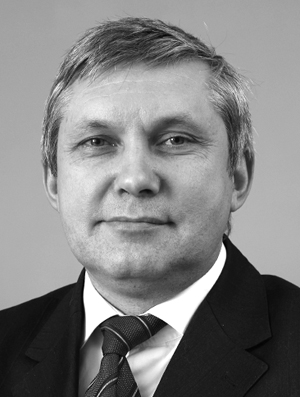International Program "Health and Behavior of Schoolchildren"
Фотографии:
ˑ:
O.A. Churganov, professor, Dr.Hab.
O.M. Shelkov, associate professor, Ph.D.
A.V. Malinin, A.A. Matochkina, Ph.D.
D.N. Pukhov research worker. St. Petersburg Scientific Research Institute of Physical Culture
V.K. Balsevich member-correspondent of RAE, professor, Dr.Hab..
L.I. Lubysheva professor, Dr.Hab.
Russian State University of Physical Culture, Sport, Youth and Tourism (SCOLIPC), Moscow
Key words: physical activity of schoolchildren, socio-pedagogical monitoring.
The purpose of the research was to identify general and specific health-related attitudes of pupils to the behavior of schoolchildren, held according to the program using a uniform methodology and data analysis procedures.
Proceeding from the analysis of the findings, the efforts to increase physical activity of schoolchildren should be aimed at identifying the reasons of low physical activity and forming the motivational mechanisms.
References
- Komkov, A.G. Health and behavior of Russian schoolchildren / A.G. Komkov, L.I. Lubysheva, A.V. Malinin, V.N. Utenko. – St.Petersburg: SPbSRIPC, 2004. – 228 P. (In Russian)
- Currie, C. et al., eds. Health Behaviour in School-aged Children (HBSC) studi protocol: background, methodology and mandatory items for the 2009/2010 survey. Edinburgh, CAHRU, 2011.
- Currie, C. et al., eds. Social determinantes of health and well-being among young people. Health Behaviour in School-aged Children (HBSC) study: internacional report from the 2009/2010 survey. Copenhagen, WHO Regional Office for Europa, 2012 (Health Policy for Children and Adolescents No.6)htt://www.euro.who.int/HBSC, accend 2 May 2012).
- Hurrelmann, K., Richter, M. Risk behavior in adolescence: the relationship between developmental and health problems. Journal of Public Health, 2006, 14:20-28.
- Kelly, M. et al. The social determinants of health: developing an evidence base for political action. Final report to the WHO Commission on the Social Determinants of Health. London, Unuversidad del Desamollo/Nice, 2007.
- Koller, T. et al. Addressing the socioeconomic determinants of adolescents health: experience from the WHO/HBSC Forum 2007. International Journal of Public Health, 2009, 54 (Suppl. 2): 278-284.
- Moreno, C. et al., HBSC Peer Culture Focus Group. Cross-national associations between parent and peer communication and psychological complaints. International Journal of Public Health, 2009, 54 (Suppl.2): 235-242.
- The state of the worlds children 2011. Adolescence: an age of opportunity. New York, United Nations Childrens Fund, 2011.


